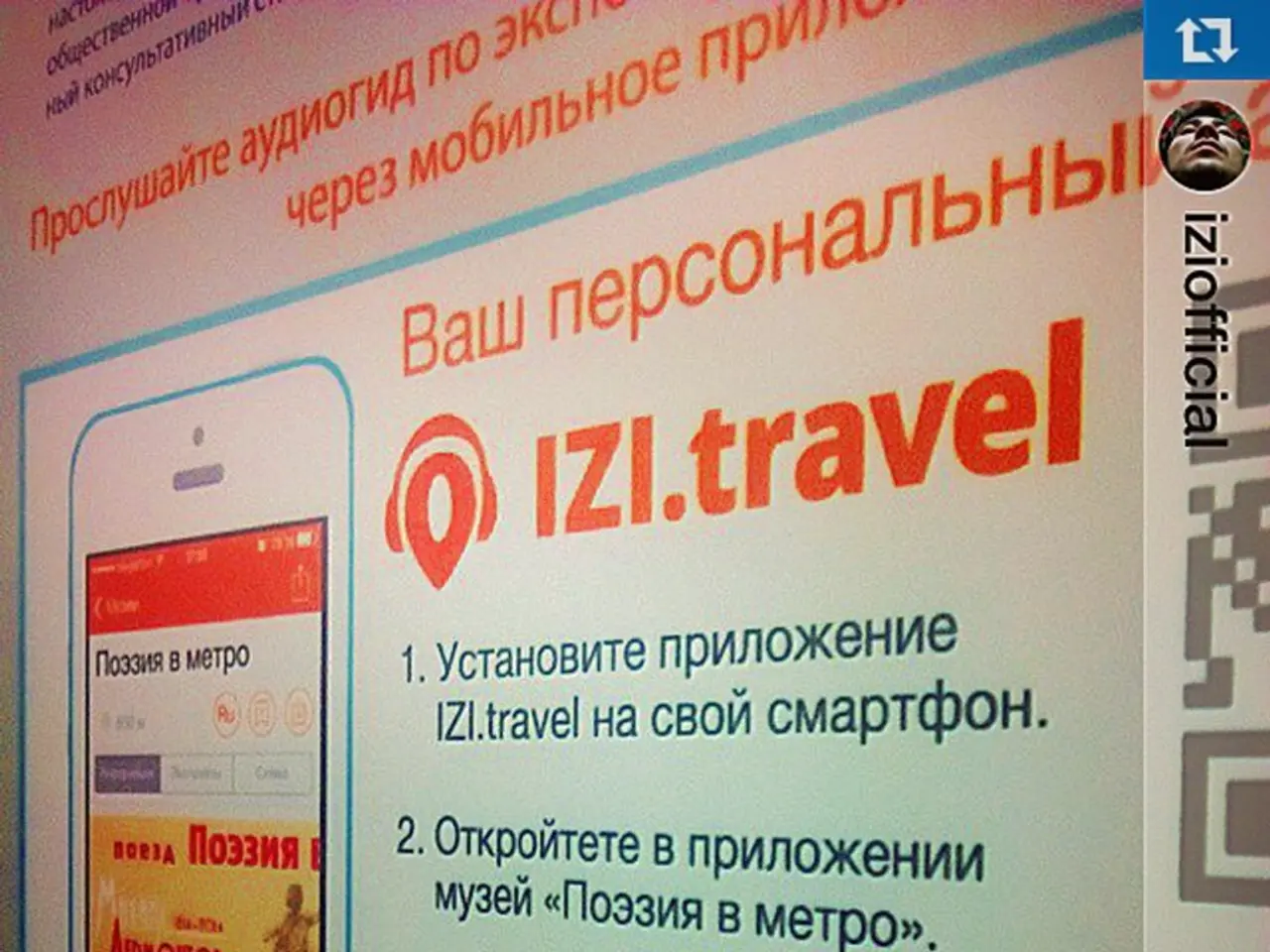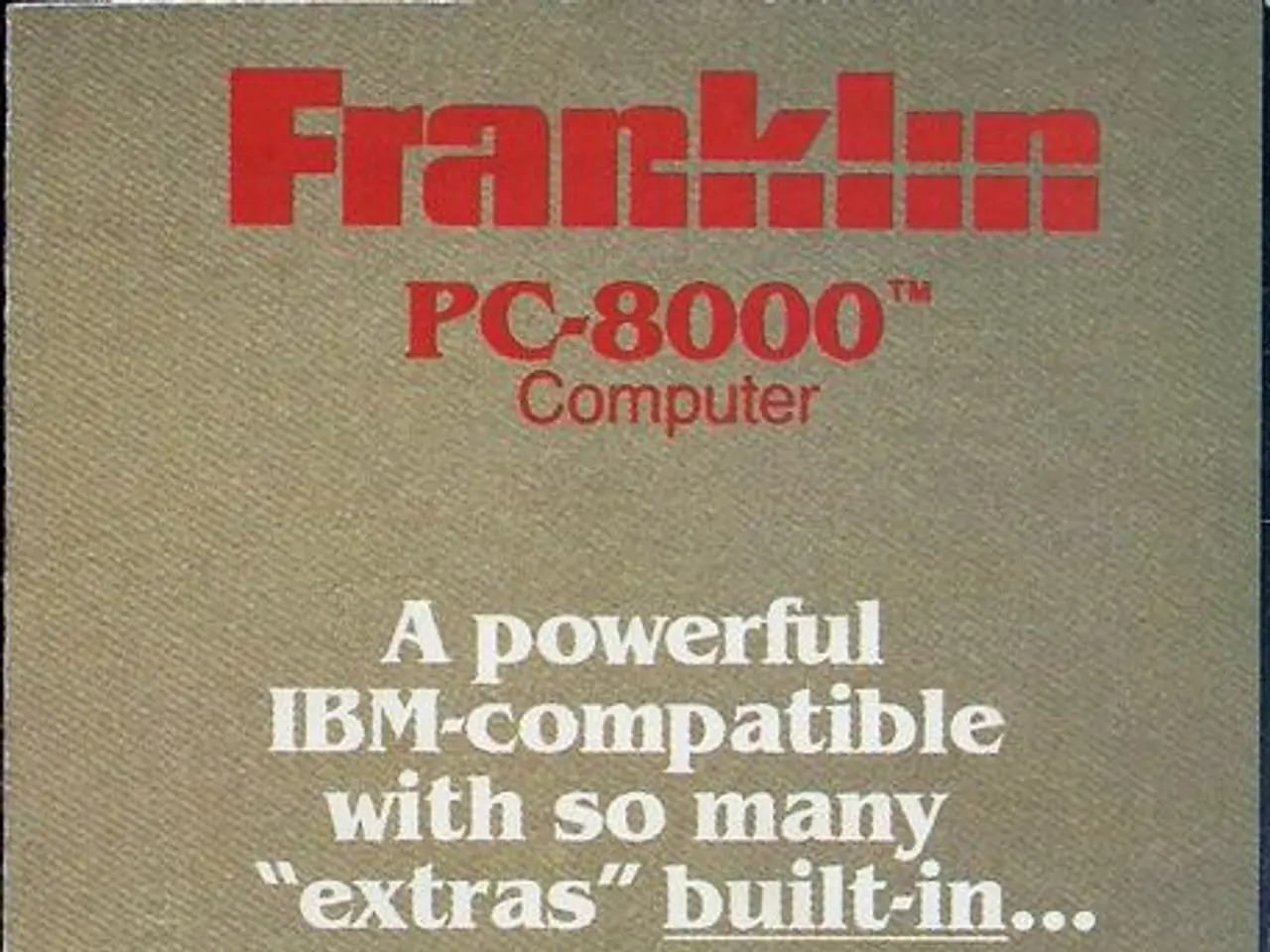Unveiling AI's Reading Choices: Exploring the Inner Workings of Generative Citation Techniques
In a recent study by Generative Pulse, the sourcing habits of popular AI models like ChatGPT, Google's Gemini, and Anthropic's Claude were analysed, revealing insights into how these systems generate responses.
The findings show that when citations are enabled, AI systems produce materially different outputs, directly shaped by the real-time sources they pull from. This changes the calculus for content marketers, PR professionals, and publishers, as AI isn't just summarizing static databases—it's actively linking to sources in real time.
Recency bias is present, with 56% of ChatGPT's citations in journalistic content published within the last 12 months. In contrast, academic citations are nearly absent in the Travel/Airline industry (just 0.7%), while in Technology, virtually no encyclopedic or academic sources are used.
In Media/Entertainment, journalism leads again at 37%, and in Healthcare, government and NGO sites are cited 18% of the time, more than double the cross-industry average. Over 95% of all cited sources come from non-paid media.
Interestingly, Claude exhibits the most domain-specific diversity, frequently selecting industry-unique sources, whereas ChatGPT and Gemini tend to rely more heavily on generalist media. Claude's top 10 sources in Finance & Insurance are 90% unique, and in Retail & E-Commerce, Claude cites the most niche content.
In Finance & Insurance, journalism accounts for 37% of citations, more than any other industry. Platforms like Medium, Coursera, and SproutSocial appear prominently in Technology, reflecting a lean toward practitioner-based knowledge. In Healthcare, sources like CDC.gov and NIH.gov dominate.
Different prompt styles lead to different types of sources being referenced by AI models. For example, Claude is far less likely to cite major outlets like Reuters than ChatGPT or Gemini, citing Reuters 50 times less frequently than ChatGPT.
The study also highlights the importance of Generative Engine Optimization (GEO) in today's digital landscape, revealing that it is becoming as important as traditional SEO. Key factors influencing the source usage and response quality include Training Data & Model Focus, Real-Time Search Data Access, SEO Signal Optimization, Workflow Automation, and Safety and Ethical Alignment.
In conclusion, AI models leverage a blend of historical training data and live search signals tailored by their unique design priorities. This blend directly influences the quality and SEO effectiveness of generated content, making AI an increasingly powerful tool for search-optimized content creation that is both user-friendly and compliant with safety standards.
AI models, such as ChatGPT and Claude, don't rely on academic or encyclopedic sources in the Technology industry when generating responses, contrary to the Travel/Airline industry where such sources are almost non-existent. Instead, they pull from real-time non-paid media sources, showing a shift in content creation strategies for marketers, PR professionals, and publishers, due to the technology's ability to actively link to sources in real-time.




